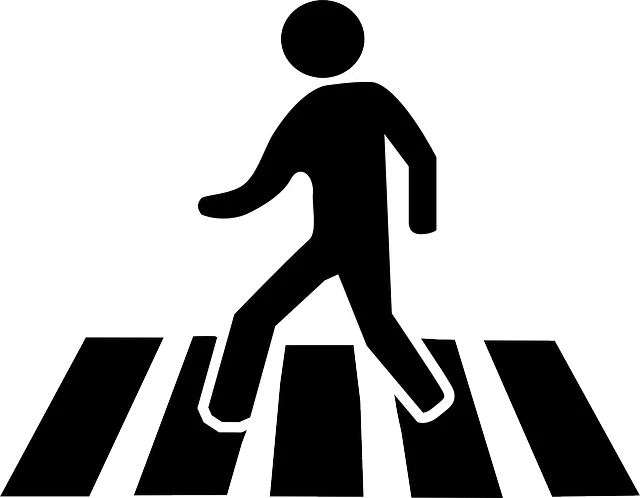
Pedestrian is an adjective that describes what is done on foot.
Pedestrian is a term that comes from the Latin word pedestris . This adjective allows us to name what is carried out on foot or the person who moves around walking.
For example: “More than two hundred people registered to participate in the traditional foot competition” , “By decision of the socialist mayor, this town became a foot town two years ago” , “The foot race was won by an African athlete” .
pedestrian streets
Pedestrian streets are known as pedestrian streets. These roads are designed for people to travel on foot, that is, without using vehicles such as cars or motorcycles.
By encouraging pedestrian circulation , the authorities encourage the population to engage in physical activity and manage to minimize polluting emissions, something positive for the environment .

Pedestrian streets are called pedestrian streets.
The term in sport
Typically, this adjective, however, is used to describe sports competitions whose development involves walking, jogging or running. In this context, we can speak not only of “pedestrian race” , “pedestrian test” or “pedestrian competition” , but also of “pedestrian circuit” or “pedestrian track” .
Foot races, for example, are not only used for sporting purposes: like many other outdoor activities, such as cycling, recitals, raffles and fairs, they can fulfill the objective of gathering large groups of people around to a humanitarian cause . When the purpose of a race is not to arrive first but to increase the visibility of a problem to obtain massive help, all those who want to collaborate can participate, even individuals with reduced mobility.
The sport known as athletics brings together a broad group of disciplines that are grouped into throwing, jumping, combined events, walking and racing. It is an art of overcoming the resistance or speed of opponents, as well as the height or distance they have achieved in a certain competition. While the public can easily relate to running activities by witnessing such an event, the level of training required for such events is far above most people's fitness routines, as it focuses on take performance to the maximum and not burn fat, for example.
The first foot races
This sport had its origins in Antiquity and both the technicalities and the regulations have evolved over the centuries. One of the first footraces of which there is reference belongs to the 15th century BC. C. in Egypt , as left in writing on the tomb of Amenophis II (the seventh pharaoh of the 18th Dynasty , who died in 1424 BC ). Then discus and javelin throwing were also practiced on the island of Crete .
For their part, the Greeks also recorded one of the first foot races in history ; It was called stadion and consisted of overcoming a distance that was equivalent to multiplying the foot of Hercules by 200 (more precisely, 197.27 meters ). The oldest references to this test date back to the 8th century BC. C. , although it is believed that it existed from more remote times. Later, the dualic (also called double stadion ), the long-distance race and the mid-distance race emerged, all tests that based their length on multiples of 197.27 meters .
The mundane
The notion of pedestrian, on the other hand, can be used to refer to things that are mundane, vulgar, rude or rustic . The pedestrian, in this sense, is opposed to that which has flight (symbolically) or is complex.
“You cannot make such an important decision based on pedestrian reasoning.”, “The project website is interesting, but its design is quite pedestrian” y “Pedestrian arguments do not move me: I want to hear theories with some kind of support to convince me” son expresiones que muestran este uso.
